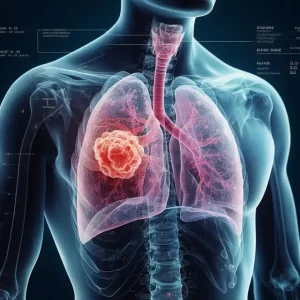Autism rates continue to rise: 1 in 36 US 8-year-olds diagnosed
- EPA Announces First-Ever Regulation for “Forever Chemicals” in Drinking Water
- Kochi University pioneers outpatient bladder cancer treatment using semiconductor lasers
- ASPEN 2024: Nutritional Therapy Strategies for Cancer and Critically Ill Patients
- Which lung cancer patients can benefit from neoadjuvant immunotherapy?
- Heme Iron Absorption: Why Meat Matters for Women’s Iron Needs
- “Miracle Weight-loss Drug” Semaglutide Is Not Always Effective
Autism rates continue to rise: 1 in 36 US 8-year-olds diagnosed
- Red Yeast Rice Scare Grips Japan: Over 114 Hospitalized and 5 Deaths
- Long COVID Brain Fog: Blood-Brain Barrier Damage and Persistent Inflammation
- FDA has mandated a top-level black box warning for all marketed CAR-T therapies
- Can people with high blood pressure eat peanuts?
- What is the difference between dopamine and dobutamine?
- How long can the patient live after heart stent surgery?
Autism rates continue to rise: 1 in 36 US 8-year-olds diagnosed.
A recent study from the U.S. Centers for Disease Control and Prevention (CDC) revealed trends in the incidence and demographics of autism spectrum disorder (ASD) among children in the United States.
According to the latest figures, 1 in 36 8-year-olds is identified as autistic, or 2.8%.
This rate exceeds the previous estimate released in December 2021, when the prevalence was 1 in 44 children, or 2.3%. This figure is also significantly greater than the 0.7% prevalence (1 in 150 children) reported in the CDC’s first autism prevalence study in 2007.
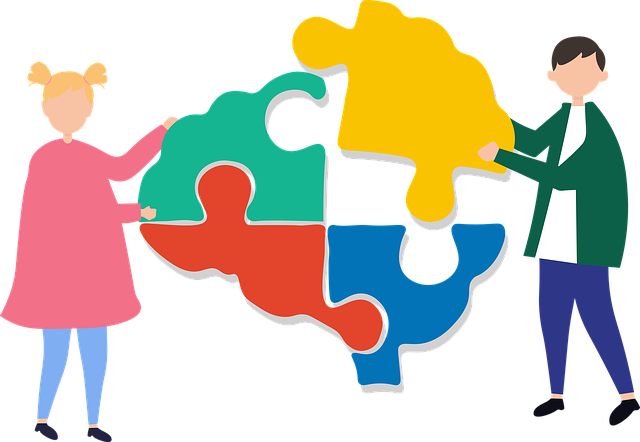
Prevalence estimates at the 11 data collection sites also varied from 1 in 43 children (2.3%) in Maryland to 1 in 22 children in California (4.5%). A second report surveyed 4-year-olds in the same 11 communities and found similarly high rates of autism in that network (2.2%), specifically in California at 4.6%.
These findings were recently published in CDC’s Morbidity and Mortality Weekly Report (MMWR) Surveillance Digest. All data were collected in 2020 by the Autism and Developmental Disabilities Monitoring (ADDM) Network, a CDC-funded project to better understand the number and characteristics of children with ASD in the United States.
The network surveyed 8- and 4-year-olds in 11 communities in Arizona, Arkansas, California, Georgia, Maryland, Minnesota, Missouri, New Jersey, Tennessee, Utah and Wisconsin. The California ADDM website, hosted at UC San Diego, reports on ASD in San Diego County.
In addition to the overall prevalence of ASD, the ADDM network also tracks the age at which autism is first diagnosed. Across the network, the median age at which 8-year-olds were first diagnosed with autism was 49 months, or just over 4 years. In California, however, the age of first diagnosis was much lower at 36 months, or 3 years.
“California is unique in that it places a high value on Early detection and widespread early services. Some children in San Diego are diagnosed with autism before their second birthday and are quickly connected to services thereafter. This is good news because the sooner they receive services and support , the more likely they are to thrive in school and later in life.”
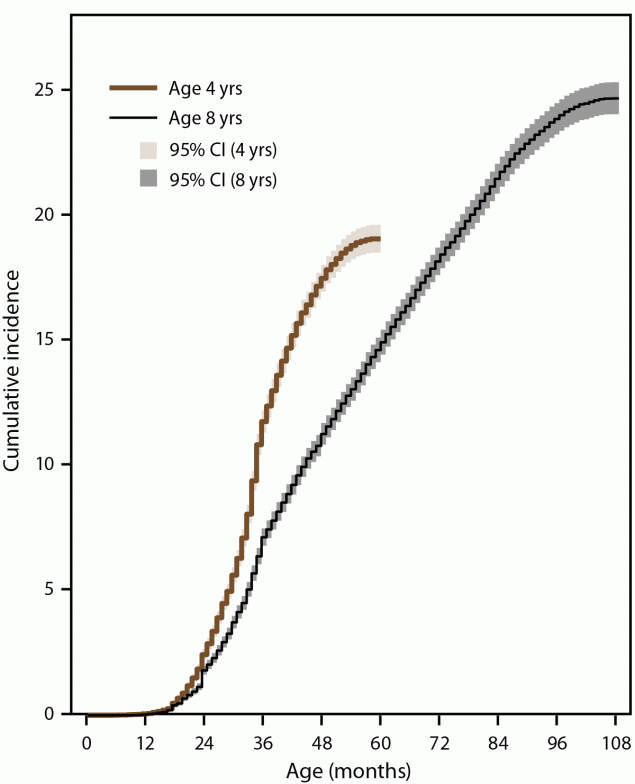

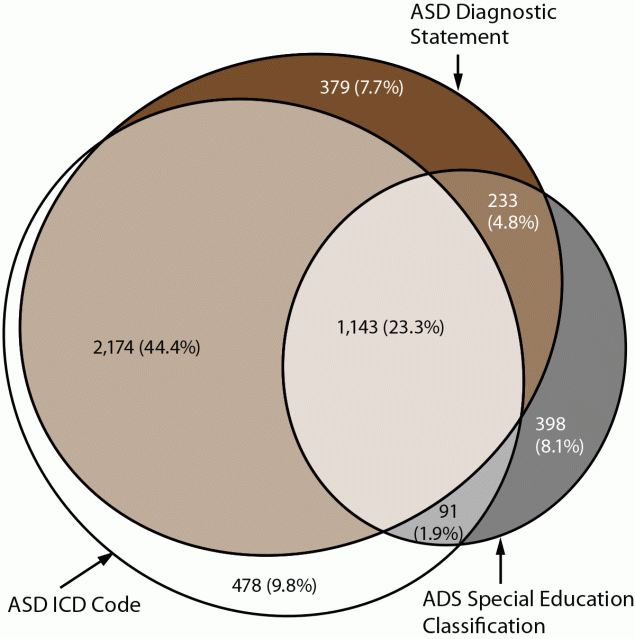
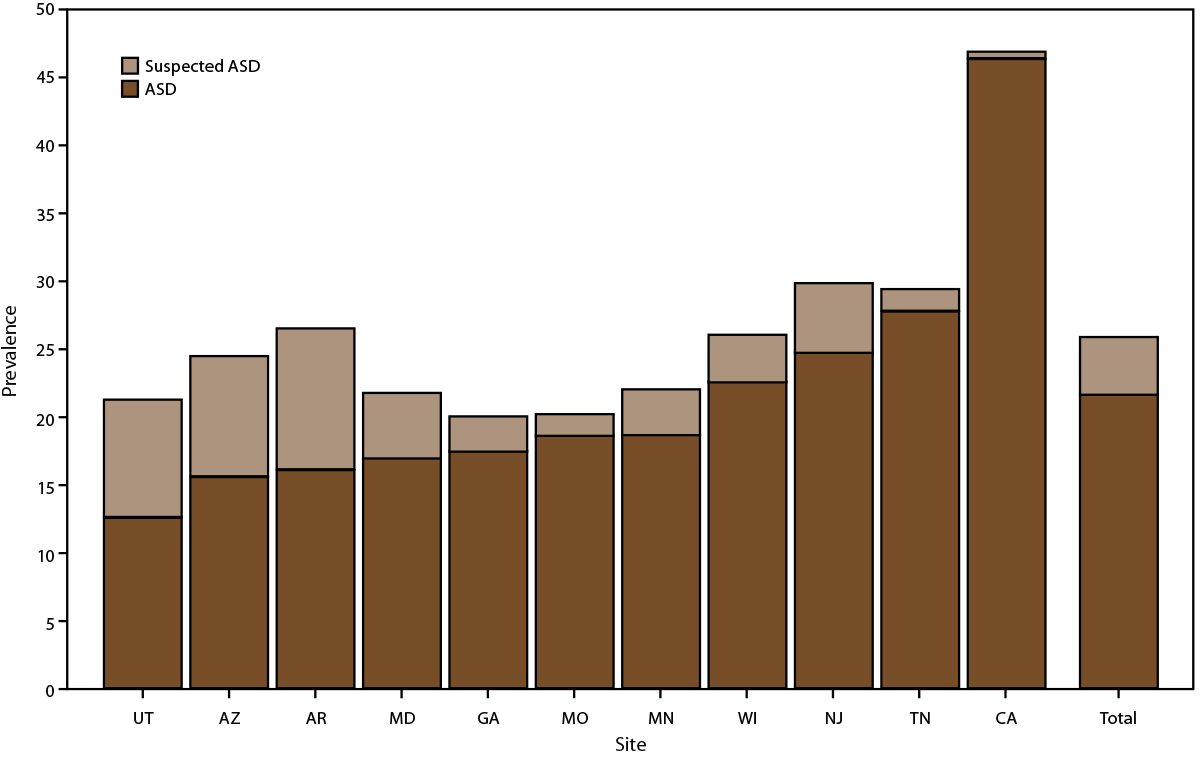
Racial and Ethnic Differences
In contrast to previous CDC reports in which white children were diagnosed with ASD more often than nonwhite children, this year marks the first year that black (2.9%), Hispanic (3.2%), and Asian or Pacific Islander ( 3.3%) children consistently had higher overall rates of ASD than whites (2.4%).
This was also found in California, where no differences between racial and ethnic groups were found among children aged 8 and 4. “This first finding is heartening because it shows that there is progress towards equity in serving all children on the spectrum,” Pierce said.
Closing the gender gap
Historically, boys have been diagnosed with autism four to five times more often than girls.
The latest report finds that the gap is narrowing as more girls are identified as having autism than in previous years and the ratio of boys to girls in ADDM networks has fallen.
Specifically, boys were identified 3.8 and 3.1 times more often in the 8-year-old and 4-year-old cohorts, respectively.
It is also the first report by the ADDM Network in which the prevalence of ASD in girls exceeds 1%. This trend toward increased recognition of women with autism has also been seen in California.
While ADDM is not a representative sample of the entire United States, the report provides important insight into the rate of diagnoses across the country and highlights the importance of community access to early identification services.
For those seeking more information on an ASD diagnosis, CDC’s “Know the Signs. Act Early” program offers free resources in English, Spanish and other languages to monitor a child’s development starting at 2 months of age.
Their Milestone Tracker mobile app also helps parents and caregivers track their child’s development and share information with their healthcare provider.
Autism rates continue to rise: 1 in 36 US 8-year-olds diagnosed
(source:internet, reference only)
Disclaimer of medicaltrend.org
Important Note: The information provided is for informational purposes only and should not be considered as medical advice.



